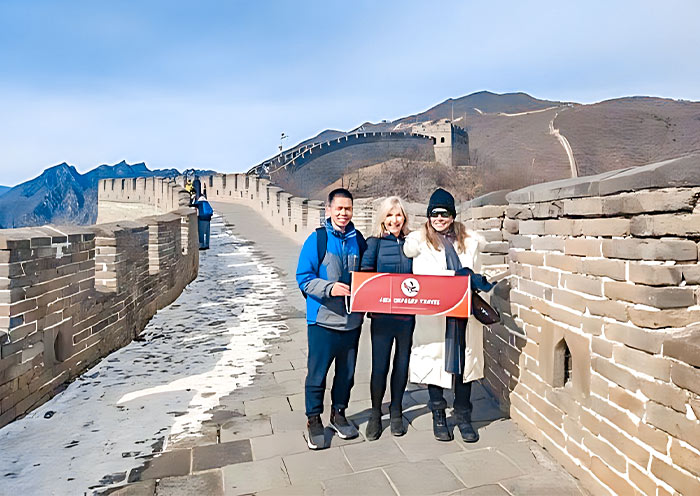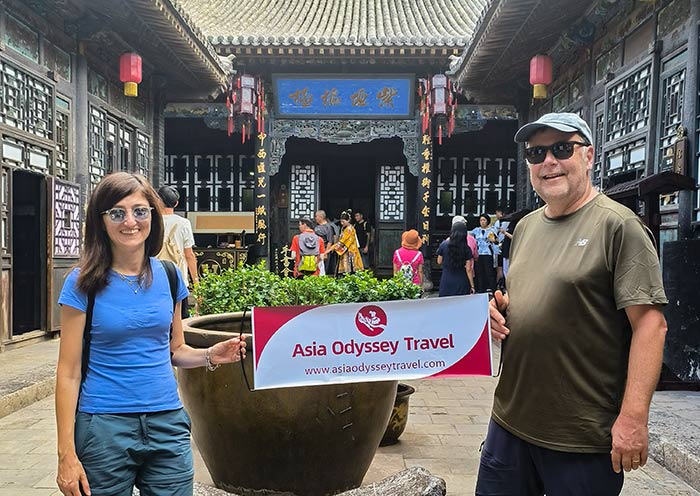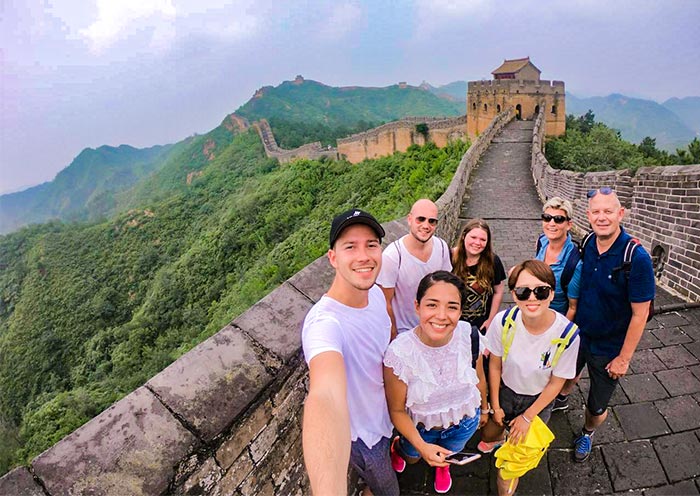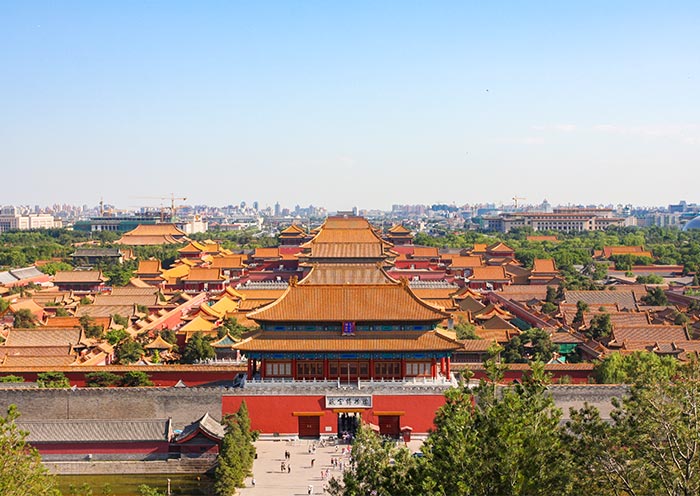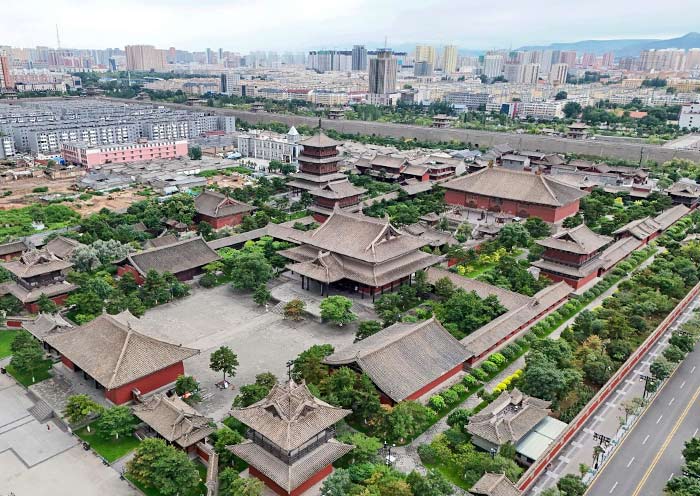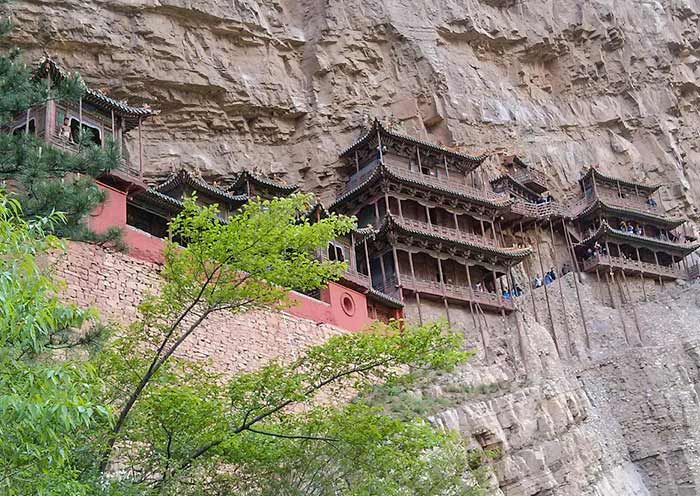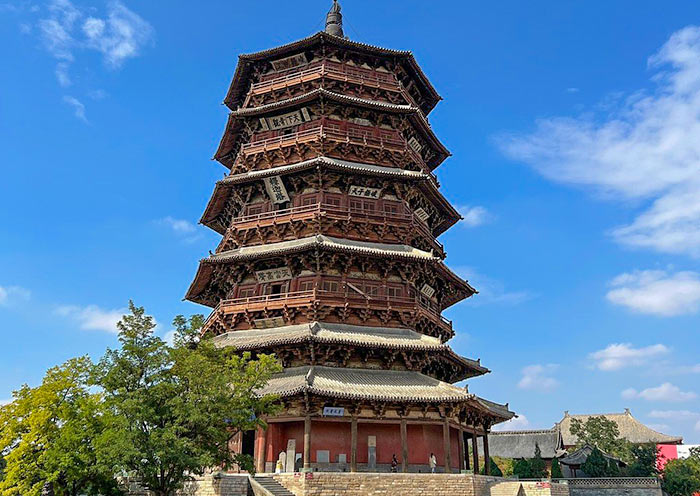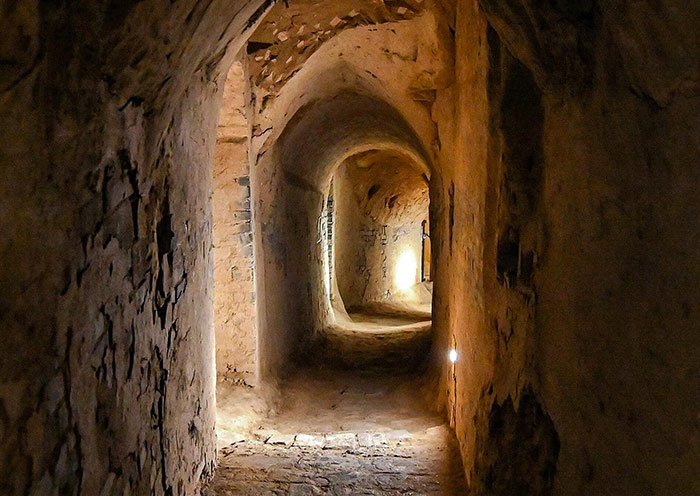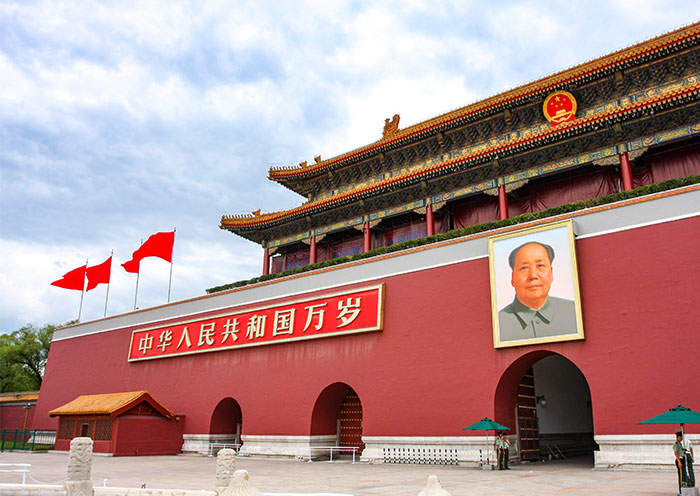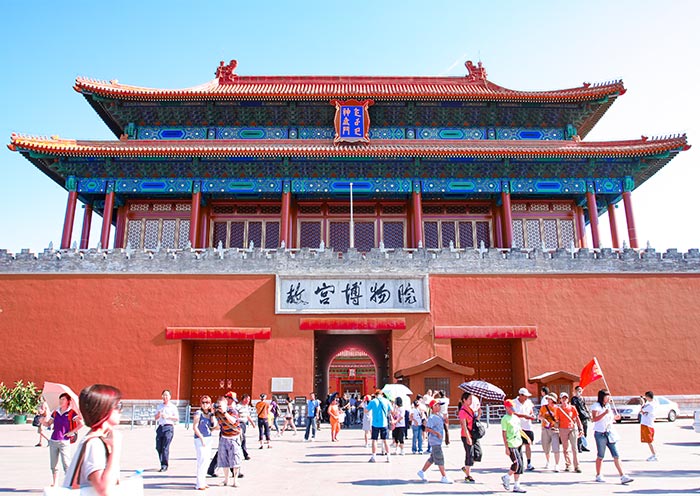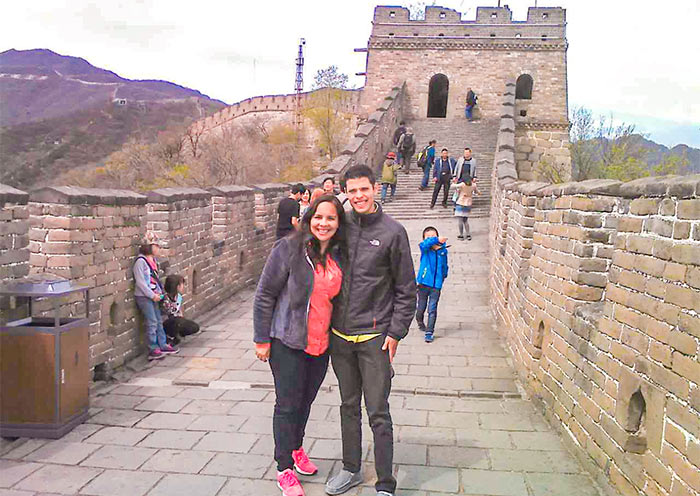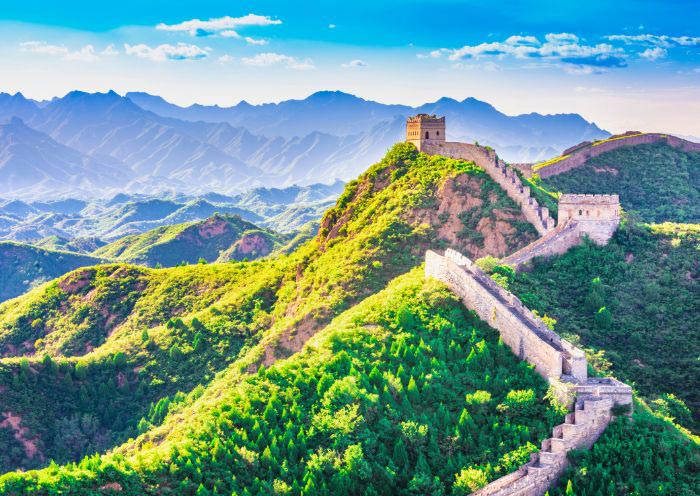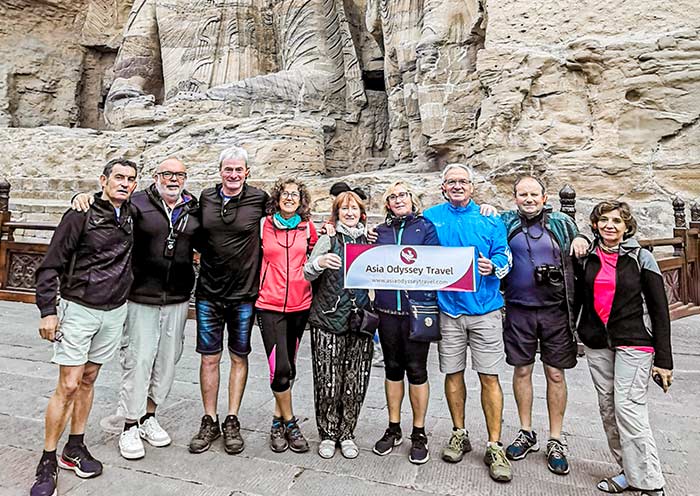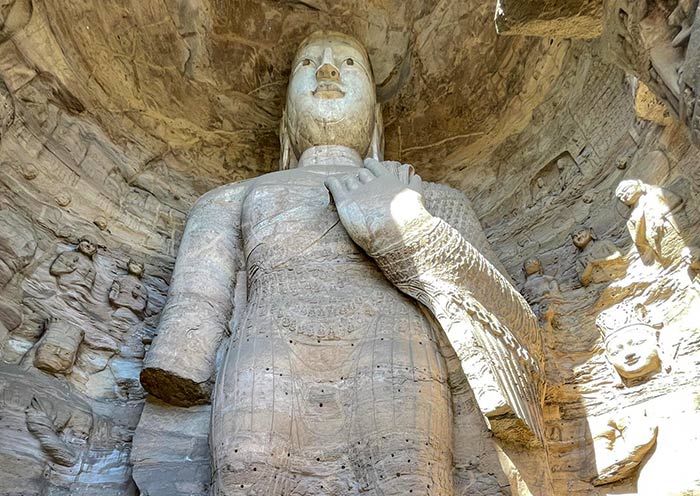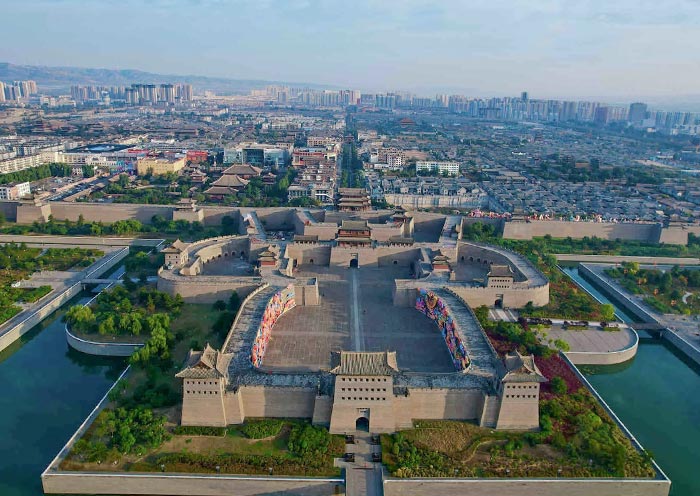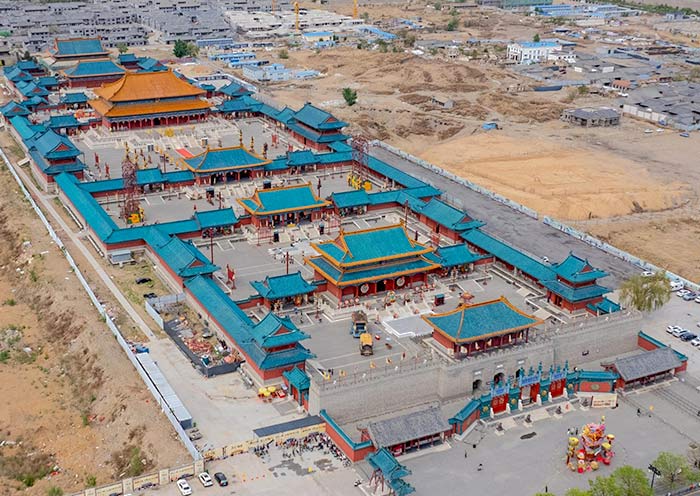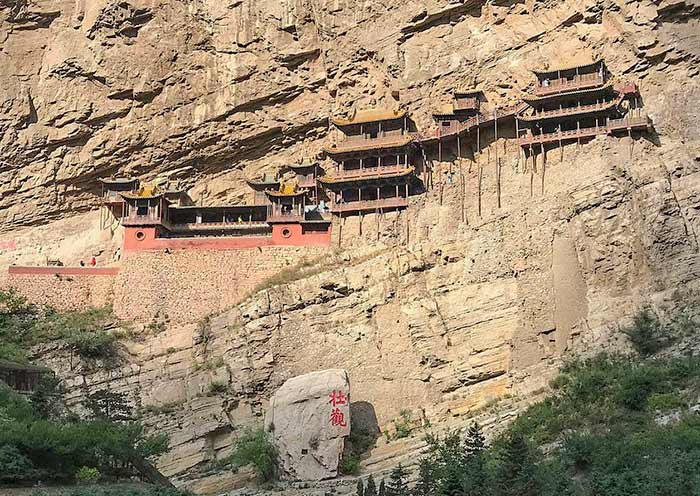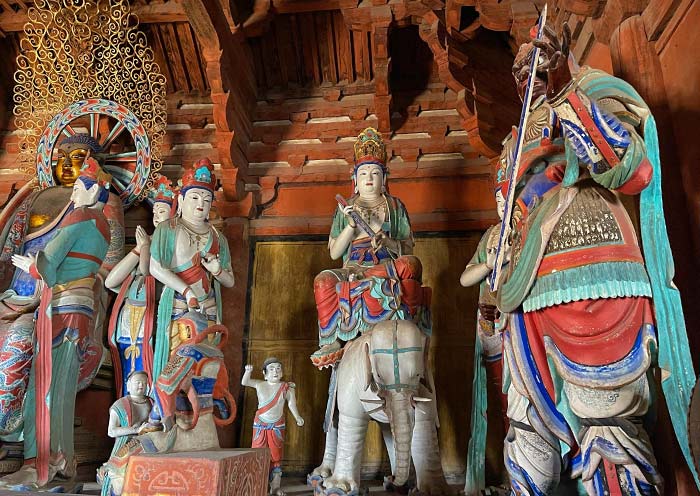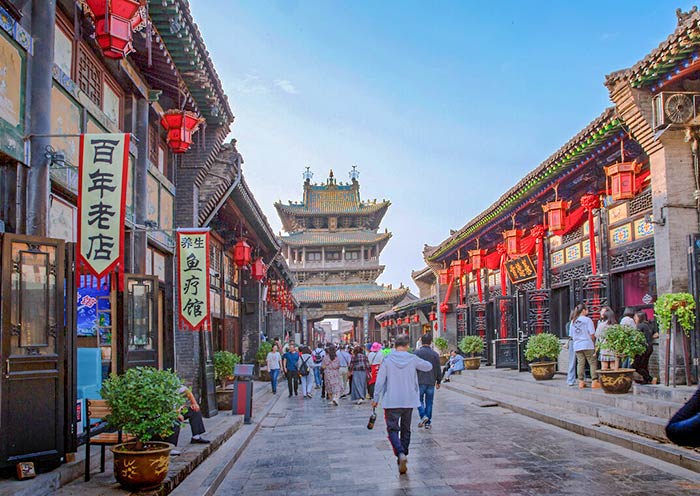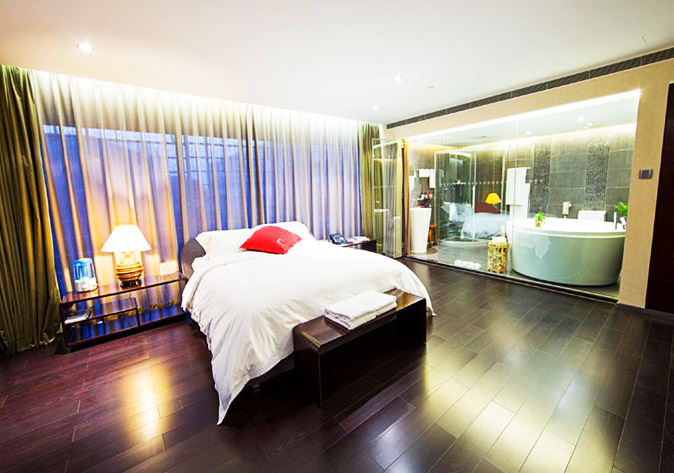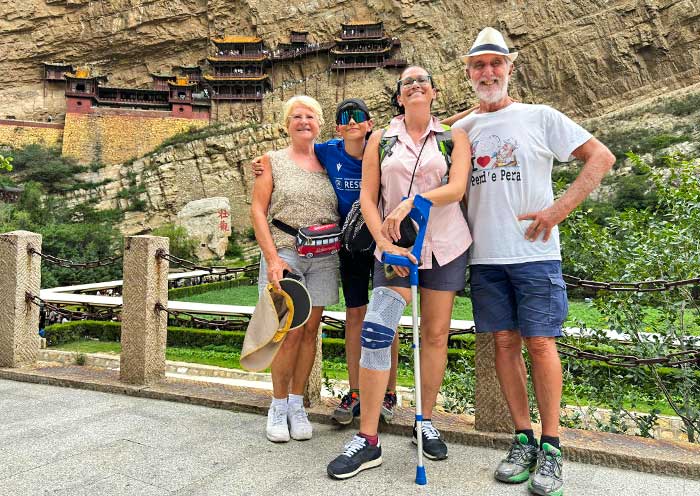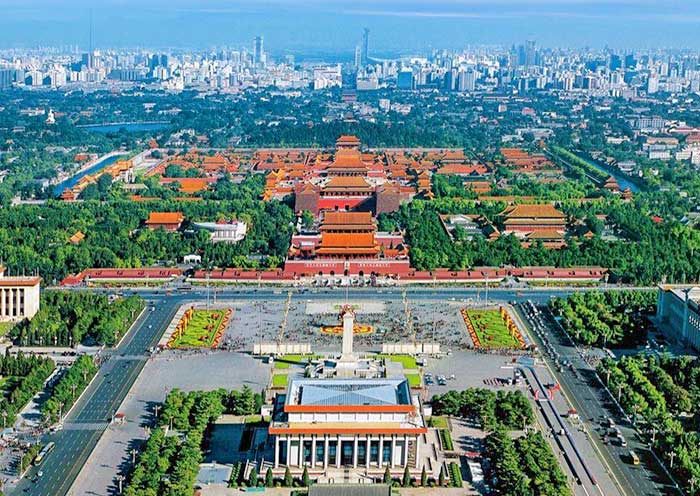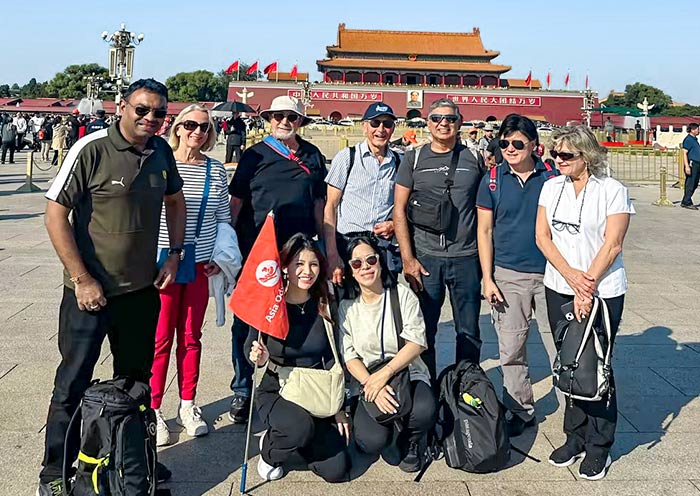Among the four remaining Tang Dynasty buildings in China, two of them are in Shanxi Province, which are the Foguang Temple and Nanchan Temple. In the early morning, follow the footsteps of architects Liang Sicheng & Lin Huiyin via exploring Foguang Temple of Mount Wutai. Then visit China’s Oldest Wooden Building - Nanchan Temple of Mount Wutai. After that, head to Taiyuan for Jinci Temple. It is about 230 km (5 hours’ drive) from Wutaishan to Taiyuan.
You will visit Foguang Temple (Buddha Light Temple佛光寺) first which is about 50 km away (2 hour’s drive). Built in 857 AD (Tang Dynasty), Foguang Temple is about 1,700 years old and is not only one of the filming locations for the popular game "Black Myth: Wukong《黑神话:悟空》" but also a pilgrimage site for enthusiasts of ancient architecture. In 1937, Liang Sicheng, Lin Huiyin, and other members of the Chinese Architectural Society (中国营造学社) discovered the Foguang Temple, breaking the assertion by Japanese scholars that there were no pre-Tang Dynasty wooden structures in China. Interestingly, Liang Sicheng was inspired by the painting "Mount Wutai《五台山图》" in Cave 61 of the Mogao Caves to find the Foguang Temple.
The main remaining buildings in the temple include the grand hall from the late Tang Dynasty, the Manjushri Hall from the Jin Dynasty, the tomb pagoda of the Tang Dynasty, and two stone sutra pillars. The grand hall is located to the east of the temple, hence known as the East Grand Hall (东大殿), ranking as the second oldest existing wooden structure in China after the Nanchan Temple. The East Grand Hall, acclaimed by Liang Sicheng as "China's first national treasure中国第一国宝," features the highest ranking surviving bracket set (seven layers) and is a unique example combining Tang Dynasty architecture, polychrome sculpture, murals, inscriptions, and sutra pillars in one hall, deserving careful appreciation.
Foguang Temple is famous for its polychrome sculptures of the Tang Dynasty. Currently, there are about 70 extant Tang Dynasty temple polychrome sculptures nationwide, with over 30 found in the East Grand Hall. Remember to seek out the polychrome sculptures dedicated by the patron Ning Gongyu (宁公遇) and the inscriptions related to her. The inscription discovered by Lin Huiyin (林徽因) provides evidence for dating the Foguang Temple. May you experience the splendor of the Tang Dynasty at the Foguang Temple.
Then, head to Nanchan Temple (南禅寺) which is about 50 km away (about 1.5 hours drive). Nanchan Temple, built in 782 AD, over 1,200 years ago, is the oldest wooden structure in China. Facing north, the temple covers an area of 3,078 square meters, designed with a courtyard layout. Apart from the main structure, the Great Buddha Hall, which dates back to the Tang Dynasty, and the "Dragon King Hall" inside the mountain gate, a relic from the Ming Dynasty, the other buildings were constructed during the Qing Dynasty.
The main hall of Nanchan Temple features a single-eaved hip-and-gable roof with grey tiles. Decorated with ornamental ridges at both ends, the hall stands tall, grand, and gracefully ancient. Inside the hall, there are no ceilings or columns. The beam structure is exceptionally concise, with walls bearing no load, serving merely as partitions and weather barriers. The overall structure of the hall is simple, robust, dignified, and grand, showcasing the characteristics of large-scale wooden architecture from the middle Tang Dynasty in China.
Within the hall, there are 17 Tang Dynasty statues, regarded as precious artworks of Tang sculpture, worthy of your contemplative admiration. The central Buddha, Shakyamuni, sits in the posture of "earth-touching mudra" on a waist-bound pedestal. Flanking him are his two disciples, Ananda and Kasyapa, and two attendant bodhisattvas, Manjushri and Samantabhadra, riding a lion and an elephant respectively on the left and right. Bodhisattvas and heavenly kings stand in front of the altar, along with figures of lions, elephants, and youthful attendants. Nanchan Temple, secluded in a tranquil environment, stands as the final witness of the "Golden Age of the Great Tang Dynasty."
Then, head to Taiyuan (130km; about 2.5 hours), the city most adept at consuming vinegar & the biggist city in Shanxi. Taiyuan, the capital city of Shanxi province, has over 2,500 years of city-building history and is an important historical and cultural city in northern China. Taiyuan's vinegar culture, noodle culture, and more are unique cultural symbols of the city. You can taste authentic Shanxi noodles and vinegar-based delicacies in Taiyuan, such as knife-cut noodles, ear-shaped noodles, fried millet noodles, and more. As a transportation hub of Shanxi Province, Taiyuan has a well-developed transportation network, with easy access to and from the city.
In Taiyuan, you can hike 1 km through Jinci Park (sightseeing bus; Self-pay) to reach Jinci Temple to get close to the relics remaining by time. Jinci is not only the earliest and largest imperial sacrificial classical garden in China, but also the only existing imperial ancestral temple, and a national first-class museum, renowned as the Museum of Ancient Chinese Architecture. At Jinci, you can see ancient buildings from the Tang, Song, Yuan, Ming, and Qing dynasties coexist in harmony with the 3,000 years old tree from the Zhou Dynasty, with over a hundred structures such as halls, pavilions, towers, pavilions, platforms, bridges, and belvederes, blending ancient architectural art and garden aesthetics.
"Not visiting Jinci is a wasted trip to Taiyuan." Jinci, the only temple named after a state, was built to commemorate Tang Shuyu (唐叔虞), the founding ancestor of the Jin state (晋国). Tang Shuyu, the brother of Emperor Zhou Chengwang (周成王) of the Western Zhou Dynasty, was enfeoffed in Tang (剪桐封弟), and his son Xie (燮) later changed the state name from Tang to Jin, becoming one of the Five Hegemons of the Spring and Autumn Period (770 BC - 476 BC). Tang Shuyu's father was the renowned Emperor Zhou Wuwang (周武王) of the Zhou Dynasty. Today, the main hall of Jinci, the Hall of the Holy Mother, commemorates Tang Shuyu's mother, Yi Jiang (邑姜), who was also the queen of Emperor Zhou Wuwang & the daughter of Jiang Ziya (姜子牙).
When visiting Jinci, you cannot miss its "Three Uniques三绝," "Three Treasures三宝," and "Three Plaques三匾." The "Three Uniques" refer to the cypress tree from the Zhou Dynasty (3,000 years old)周柏, the Song Dynasty colored sculptures in the Hall of the Holy Mother (over 1,000 years old)圣母殿宋代彩塑, and the Nanyao Spring (the source of Jinci's water)难老泉. The "Three Treasures" include the Fish Pond Flying Bridge (China's earliest water-land interchange bridge)鱼沼飞梁, the Xian Hall献殿, and the Hall of the Holy Mother (dedicated to Yi Jiang)圣母殿. The "Three Plaques" are the Shuijingtai, Duiyue, and Nanyao (水镜台、对越、难老). You will notice that the highlights of Jinci are mostly aligned along irregular axes, allowing you to experience the sense of order crafted by ancient artisans in a limited space, and the deep romantic ambiance of Chinese classical gardens.
Upon entering Jinci, you will see the Shuijingtai水镜台, a building famous for being the prototype of the small temple transformed in the 1961 animated film "Havoc in Heaven大闹天宫" where Sun Wukong and Erlang Shen compete. At the Jinrentai金人台, you can admire the iron figures representing the highest level of iron casting technology in the Song Dynasty, and perhaps spot one of the figures recast in 1913. In the Xian Hall献殿, you can experience Jin Dynasty architecture (over 800 years old), where offerings were displayed during sacrifices, uniquely combining a hall and a pavilion. Its wooden structure makes it bear weight on beams instead of walls, surrounded by lattice walls for ventilation, resembling an ancient refrigerator. Walking on the Fish Pond Flying Bridge is like walking on one of China's earliest cross-shaped ancient bridges (1,500 years old). In the Hall of the Holy Mother, the main hall of Jinci, you can admire a masterpiece of Song Dynasty architecture (over 1,000 years old), with eight wooden carved dragons in the front corridor, the earliest surviving in China. The 43 colored sculptures inside are treasures, with the main statue being the Holy Mother surrounded by 42 attendant figures. Find the statue observed by Mei Lanfang (梅兰芳, a legendary Chinese Peking opera artist) for three months, and describe it as "expressing a lifetime with every frown and smile." Remember to ask your guide to show you a photographing spot that transcends three millennia, framing the cypress from the Zhou Dynasty, the cypress from the Northern Wei Dynasty, the Hall of the Holy Mother from the Song Dynasty, and the Nanyao Spring Pavilion from the Ming Dynasty all in your view. Additionally, if you are a fan of the 1986 TV series "Journey to the West," you will discover that many scenes from the 18th episode were filmed in Jinci, Taiyuan.
Then, head to Pingyao for overnight.

